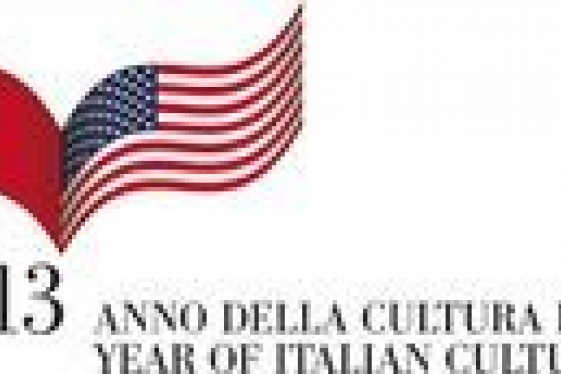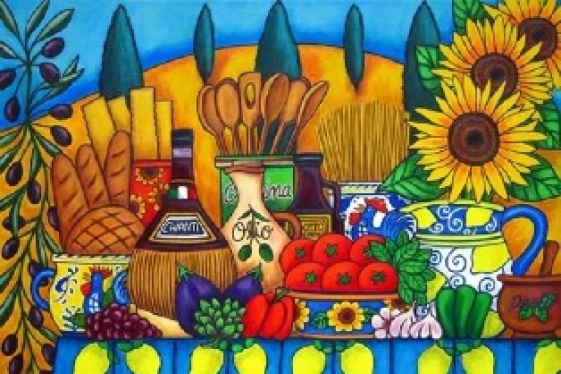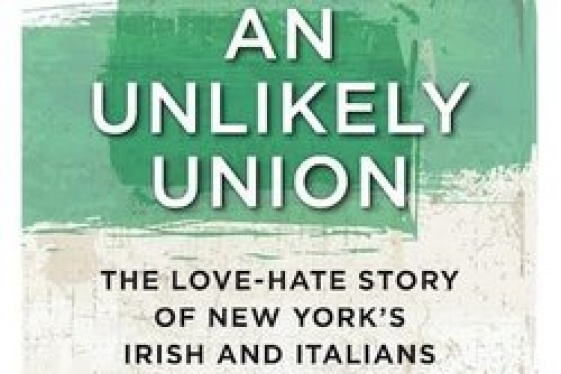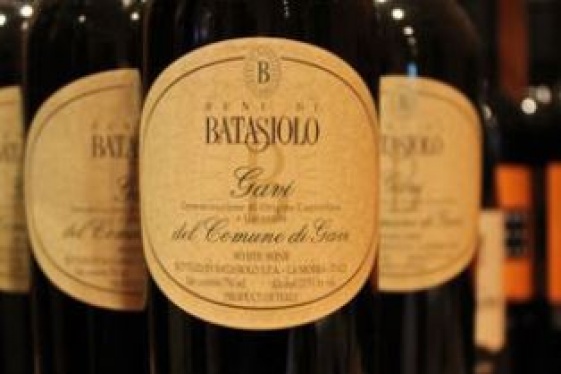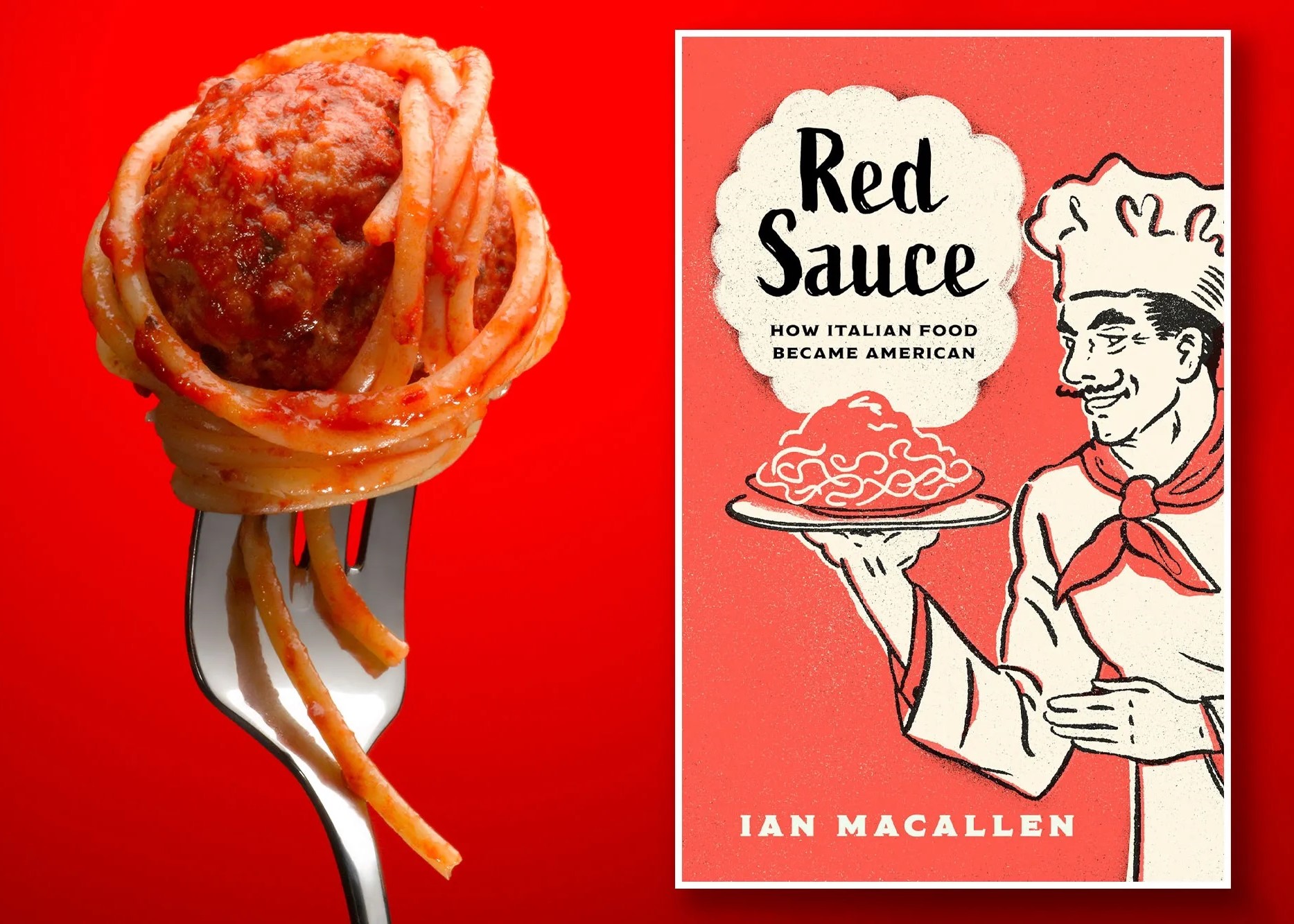

BY: Bob Masullo
Ever wonder where the foods Americans consider “Italian” come from? Well, the short answer isn’t Italy, at least not directly. After years of study Ian MacAllen has come up with a lot of theories on this question, many of the answers, and published them in an ambitious volume: “Red Sauce: How Italian Food Became American.” {Rowman & Littlefield, 2022}
Don’t be dissuaded by his surname. On MacAllen’s maternal side, the author’s nonno hails from the Molise region while his nonna has roots in both Napoli and Sicily. Furthermore, his wife, Annmarie Pisano, also has Italian roots, and the two have been eating Italian food – both in Italy and in America – all their lives. MacAllen stands on firm ground.
MacAllen traces the evolution of traditional Italian American food, from its origins in Italy to its transformation into mainstream America alongside the blending of Italian American otherness into a national Italian American identity, with food as one of the building blocks of that identity.
Drawing on inspiration from Southern Italian cucina, early Italian immigrants to America developed new recipes and popularized foods like pizza and baked lasagna that had once been seen as overly foreign. Eventually, these foods became part of the national Italian American diet and entrenched within the American diet, expanding from an ethnic food into a widespread cultural phenomenon.
For most of the 20th century in the United States, “red sauce” became synonymous with Italy and Italian cuisine. MacAllen tells us the history of spaghetti and meatballs, veal parmigiana, manicotti, and many other dishes not found in Italy, but which are {or were} common in “red sauce joints” on the American side of the Atlantic.
It may be better to say “were” because “red sauce joints” – old style Italian American eateries with checkered tablecloths, fiaschi {straw-covered bottles of Chianti wine}, and pictures of Mount Vesusvius, the Colosseum and Pisa’s learning Tower on the walls -- have been disappearing for decades, as MacAllen ruefully notes. If you find “chicken parm” today it is more likely to be in an American diner or one of the faux red sauce joints like Olive Garden or Macaroni Grill, which are pale corporate imitations of the real thing.
True red sauce restaurants, MacAllen notes, had their heyday in the years of the massive immigration of Italians to the United States, 1880 to 1924, and the decades that immediately followed. They offered filling food, served in abundance, and reasonable prices. It wasn’t gourmet but it was good. And the restaurant was often the basement of the owner’s home.
They didn’t serve the foods of their homes in Italy, mainly those of the Campania {Naples} and the Sicily region, but drew upon them, adapting them to what was and what was not available here.
MacAllen contends the main difference between the food of Italian America and that of Italy was meat, especially beef. In Italy, particularly in southern Italy {where many of the immigrants had come from} meat was scarce and expensive: here it was cheap and plentiful. Hence, meatballs and steak alla pizzaiola. Heavy meat sauce was not as commonly used in Italy.
More recently, while red sauce has been displaced by “northern Italian food,” there has been a resurgence of modern red sauce menus.
SOURCE: Italian Cultural Society, Sacramento
You may be interested
-
'Phantom Limb': A Conversation With Dennis...
Dennis Palumbo is a thriller writer and psychotherapist in private practice. He's the auth...
-
‘Fuggedaboudit’ the motto of new Italian del...
By Kimberly Sutton Love is what brought Tony Nicoletta to Texas from New York.The transpl...
-
1st Annual Little Italy Cannoli Tournament
Little Italy San Jose will be hosting a single elimination Cannoli tournament to coincide...
-
A Week in Emilia Romagna: An Italian Atmosp...
The Wine Consortium of Romagna, together with Consulate General of Italy in Boston, the Ho...
-
An Italian American Feast For Family Reunion...
Hey, come over here, kid, learn something. ... You see, you start out with a little bit of...
-
An Unlikely Union: The love-hate story of Ne...
Award-winning author and Brooklynite Paul Moses is back with a historic yet dazzling sto...
-
Buon Appetito! Unique Italian dining at Ragú...
There's something to be said for having your food prepared tableside. Guacamole tastes fre...
-
Chef Carmelo Mauro to host Beni Batasiolo Wi...
Fiorenzo Dogliani, owner of Beni di Batasiolo, will join Carmelo Mauro for an exclusive wi...






